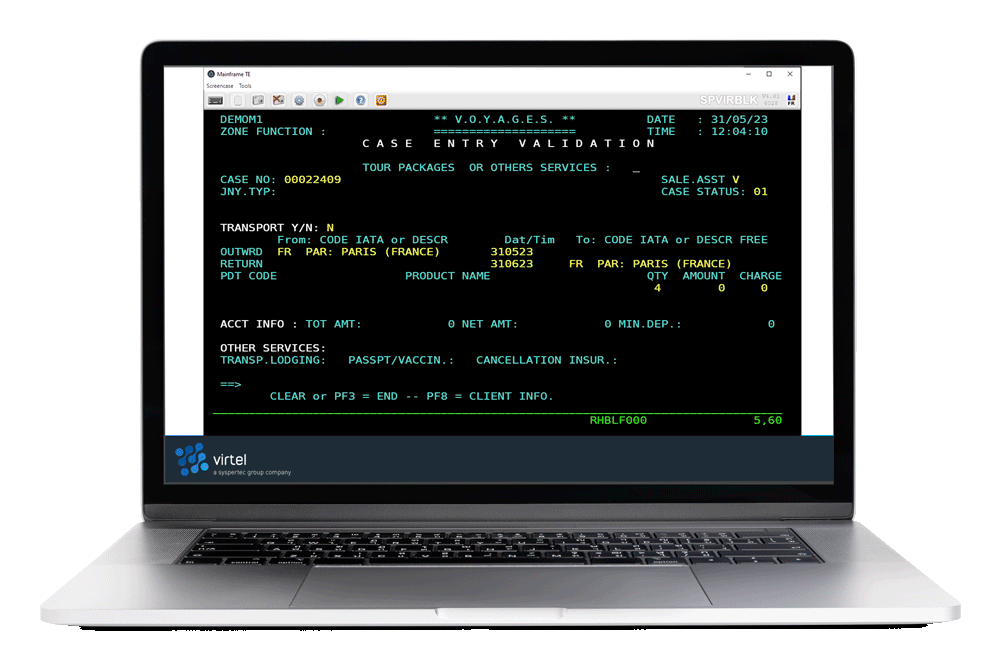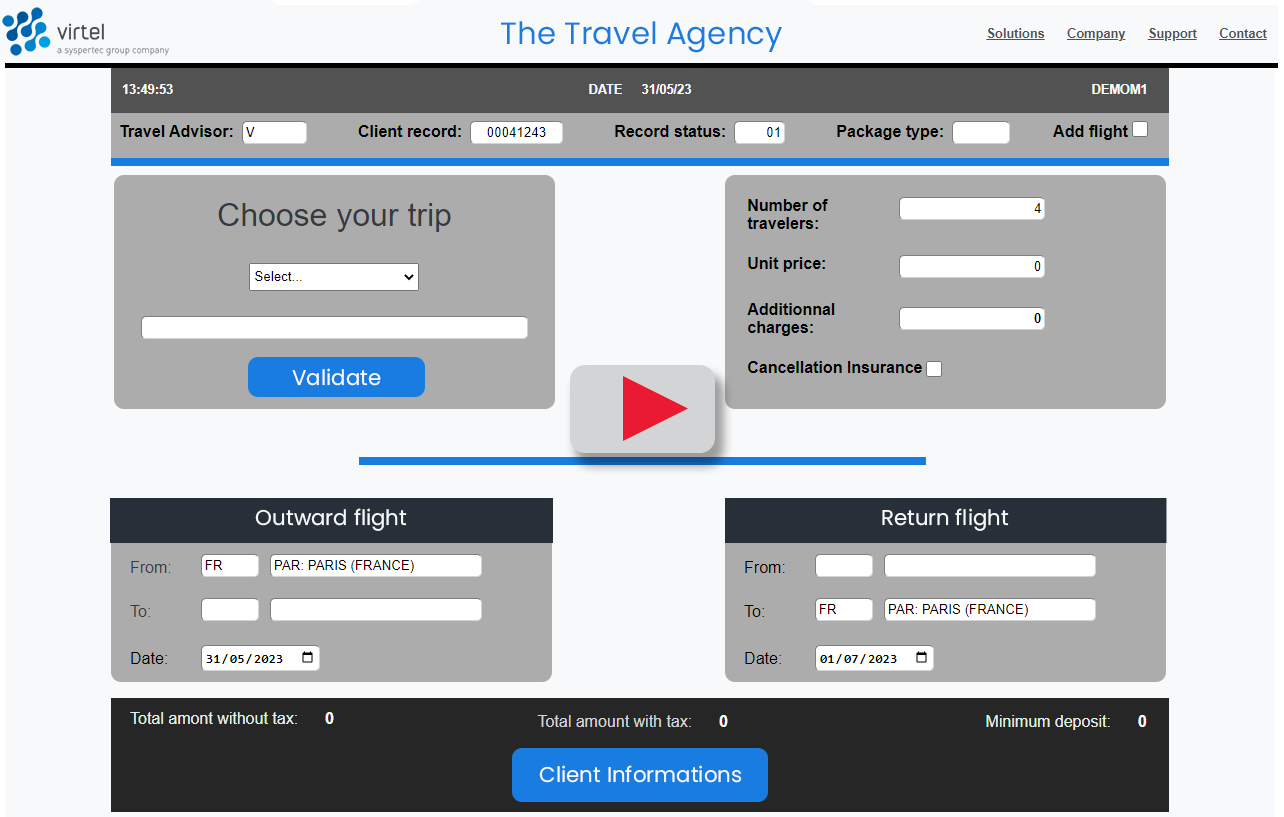Easily modernize IBM green screens with Virtel Screen Redesigner
the no-code solution for your mainframe application modernization strategy
A real game changer in mainframe UI modernization
Virtel Screen Redesigner revolutionizes your UI modernization process without requiring any web technology expertise.
Our powerful no-code tool is designed to empower CICS/IMS/Natural developers to harness their knowledge of the mainframe application and easily transform the IBM green screens into modern web pages.
Intuitive no-code interface for IBM green screen modernization
Unlike traditional mainframe modernization approaches, Virtel Screen Redesigner enables you to easily redesign your applications without the need for expertise in web development technologies such as HTML, CSS or Javascript.
Drag and drop screen elements in order to build your web screen. You can preview your work in one click and make corrections on the fly.
Reusable templates allows one to modernize hundreds or thousands of screens in a fraction of the time of traditional mainframe web enablement solutions.
Text-entry fields transformation into modern web features
Menu button, dropdown list, checkboxes, date picker, function key button, validation fields... Virtel Screen Redesigner opens mainframe applications to a new generation of users by modernizing the interfaces of 3270 applications.
The tool allows you to select 3270 entry fields and transform them in one-click into an interactive modern web feature.
It empowers organizations to create visually appealing and user-friendly interfaces by incorporating modern design principles, thereby allowing organizations to significantly enhance the user experience of their mainframe applications.
No change in the 3270 application code for a mainframe modernization without disruption
Virtel Screen Redesigner is unique in its ability to modernize your IBM green screens without requiring any changes to your underlying CICS, IMS, TSO 3270 application.
This means you can modernize at your own pace, upgrading IBM green screens incrementally without disrupting your core operations.
In addition, for each modernized screen, you can run both the classic look and feel of the original IBM green screen and its modernized counterpart in parallel. This unique feature empowers users to choose their preferred version, ensuring a user-centric and efficient digital journey.
Since Virtel runs on the mainframe, the solution is easy to deploy and does not require any external server.
Transform your legacy today!
Experience the many benefits of our no-code solution
- - Enhance user experience: deliver a true web experience and ensure consistent branding across applications.
- - Reduce development time and effort: Simplify your projects by eliminating the need to embark on complex web development projects.
- - Leverage your mainframe expertise: Utilize the extensive knowledge you have from your existing CICS/IMS applications.
- - Lower costs and risks: Avoid the significant costs and risks associated with traditional web transformation projects.
- - Modernize without disruption: proceed with screen modernization at your preferred pace and allow end users to choose between the classic or updated versions.
Legacy application modernization in practice
Watch our demo about Virtel Screen Redesigner!
MARSH journey:
Modernizing mainframe interfaces with Virtel Screen Redesigner
«Traditional green screens are complex for new users. There is a growing demand for a more modern interface. VSR has enabled us to avoid a complete and costly overhaul of the system, while leveraging the usability and performance of our current technology. In just a few months, we were able to improve the user experience by transforming the aesthetics of over 1,600 screens and integrating key functionality such as SSO».
Olivier VanDromme, IT Director Marsh
Read our case studies :
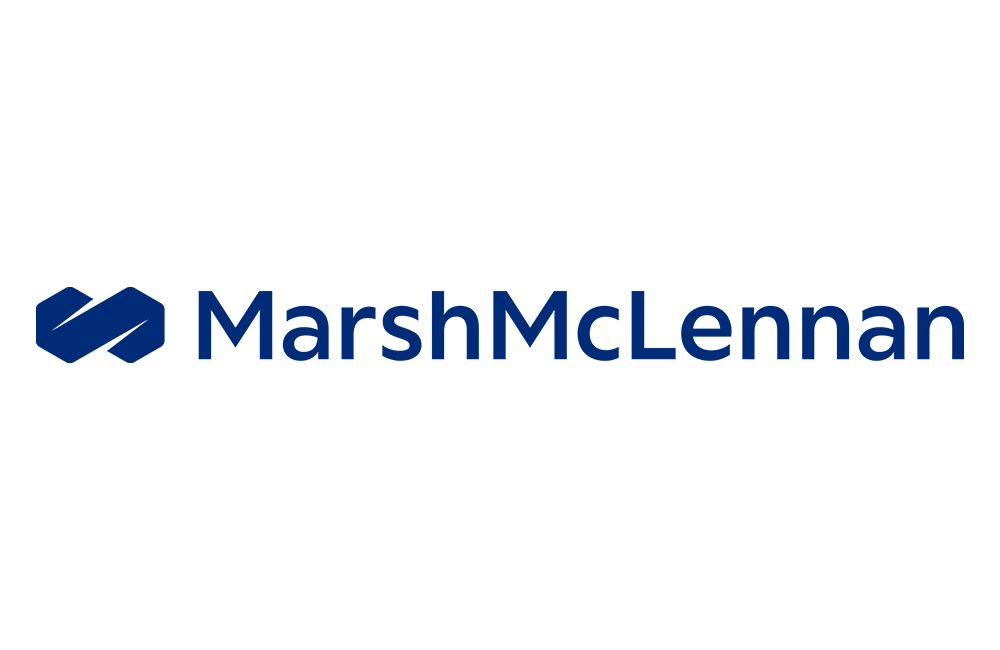
"Modernizing mainframe interfaces with Virtel Screen Redesigner"
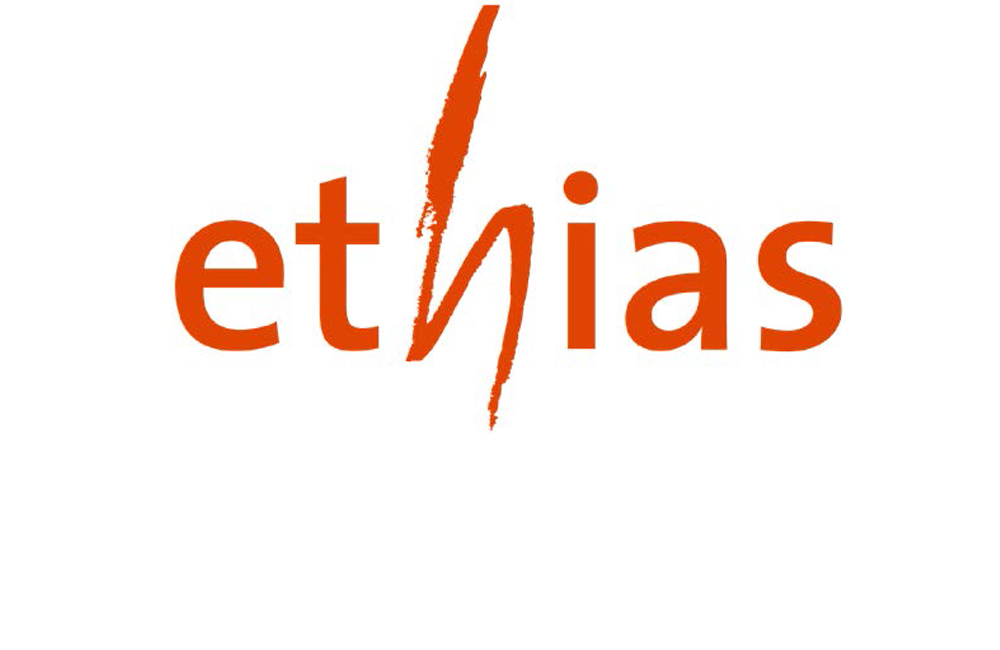
"NRB implements Virtel to integrate Ethias' Legacy applications into their new Angular Web Portal"
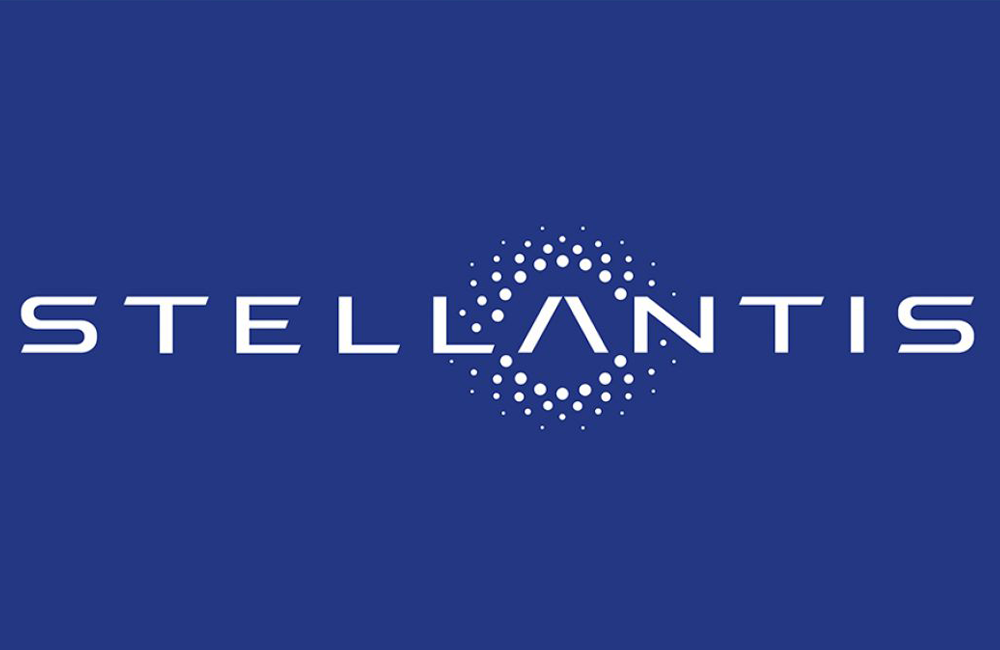
"Virtel allowed both our users and technical team to transition smoothly to the internet"
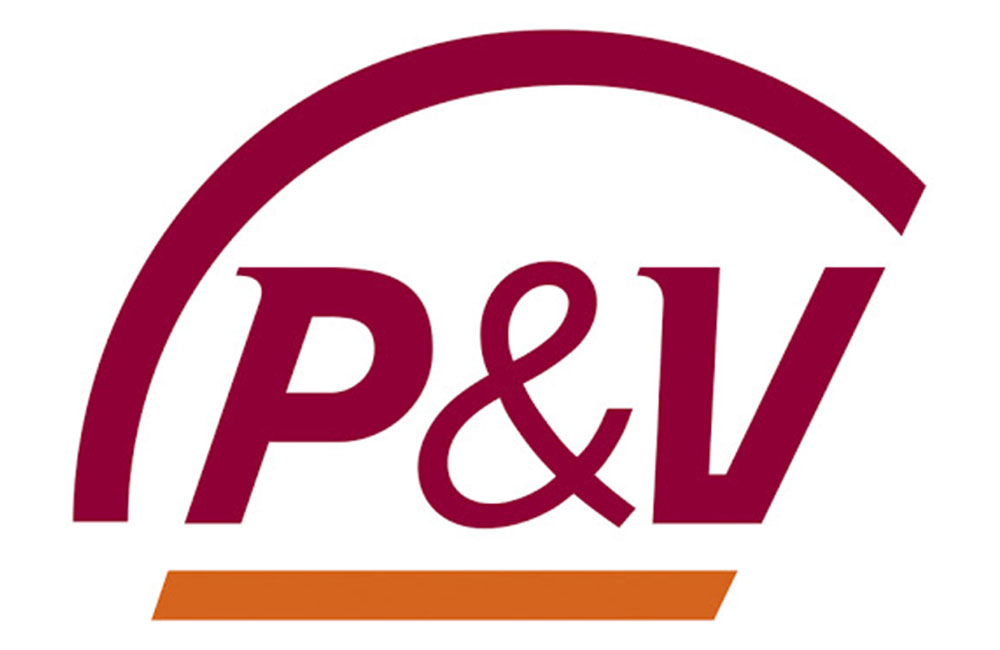
"Virtel Web Access allows total freedom of choice for client workstation"
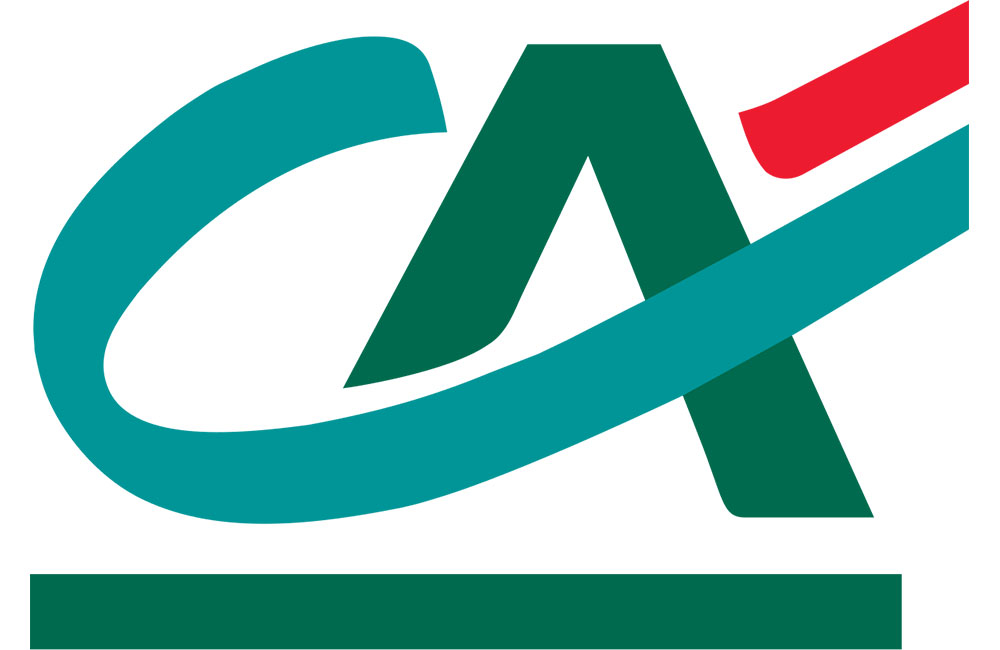
"The solution provided by Virtel perfectly fits our requirements.
It is both performant and flexible : the average recorded response times are significantly lower than the required values"
